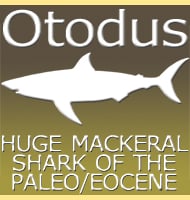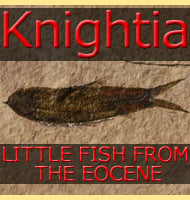In Depth
An ancient ray, Spathobatis was actually similar to a guitarfish in form. The snout was slightly elongated which meant that it could be used to shovel through soft sediment like mud in order to uncover shellfish that had buried themselves for protection. Spathobatis is regarded as one of the earliest prehistoric rays, though it wasn’t necessarily the first.
Further Reading
Further reading- Jurazeitliche Neoselachier aus Deutschland und S-England (Jurassic neoselachians from German and S-England). – Courier Forschungsinstitut Senckenberg 58:1-116. – D. Thies – 1983.- Neoselachian sharks and rays from the British Bathonian (Middle Jurassic). – Palaeontology 47(3):447-501. – C. J. Underwood & D. J. Ward – 2004.









